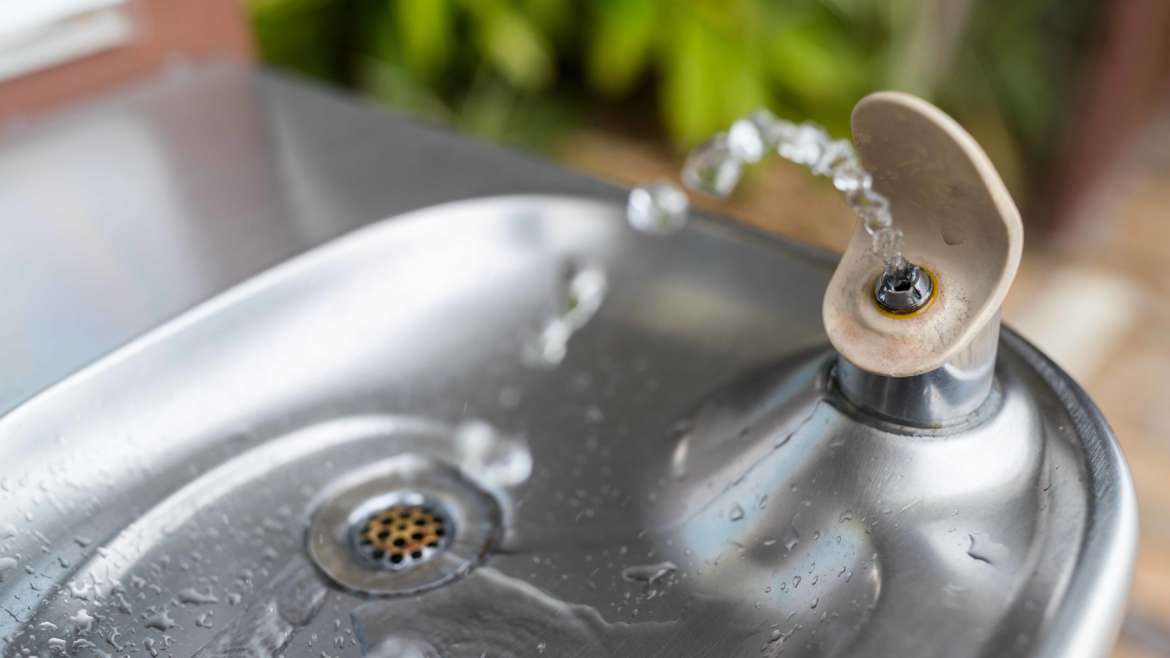
The United States Environmental Protection Agency (EPA) announced a new interim strategy to address per- and polyfluoroalkyl substances (PFAS) on Nov. 30, through EPA-issued wastewater discharge permits under the National Pollutant Discharge Elimination System (NPDES).
The EPA defines PFAS as “a group of man-made chemicals that have been in use since the 1940s, and are (or have been) found in many consumer products like cookware, food packaging, and stain repellents.”
While some states have already begun regulating these chemicals, the new strategy is a shift from focusing only on drinking water contamination to creating an interim NPDES permitting plan under the Clean Water Act. The new plan is a “phased-in monitoring” approach.
In Rhode Island, efforts have already been underway to regulate PFAS, as we have discussed in past blog posts.
Because it is incredibly difficult to differentiate these compounds down to the parts per trillion in wastewater, there has not been an approved EPA analytical method of measurement, but the EPA expects that a validated method by 2021.
The EPA’s interim strategy focuses on monitoring only PFAS compounds that have analytical methods validated by multiple laboratories. As more methods become available, more requirements will be “phased in.” The agency is also requesting that permit writers consider the use of best management practices or other controls (other than liquid sewage limits) to minimize PFAS leakage, including via stormwater.
The EPA has yet to finalize the exact Maximum Contaminant Levels (MCLs) under the Safe Drinking Water Act for PFAS compounds, or the liquid sewage limitation guidelines for PFAS in wastewater or guidance on appropriate instream water quality standards for those limited jurisdictions where EPA issues NPDES permits (primarily Massachusetts, New Hampshire, New Mexico, the District of Columbia, tribal lands, and federal territories).
In addition to the new strategy, the EPA is providing communications tools to inform the public on PFAS, including information on:
Chemistry
Drinking Water
- Drinking Water Treatability Database
- Drinking Water Laboratory Methods
- Data from EPA’s Third Unregulated Contaminant Monitoring Rule (UCMR)
Remediation
Toxicity
Waste
Wastewater and Other Environmental Media
Even with a new administration, there will undoubtedly be questions regarding what to do with any data collected by the EPA and how this data may be used to inform a regulatory response. It is still unclear how the public should react to this new data in wastewater and how the public communication tools in the EPA toolbox will be received as an interim measure.
You may be concerned about potential future remediation of these compounds, or about regulatory compliance with requirements as they stand today. Call Desautel Browning Law to talk with us about the current environmental laws and regulations regarding PFAS and your potential exposure to liability. We are available by email or by phone at 401.477.0023.
